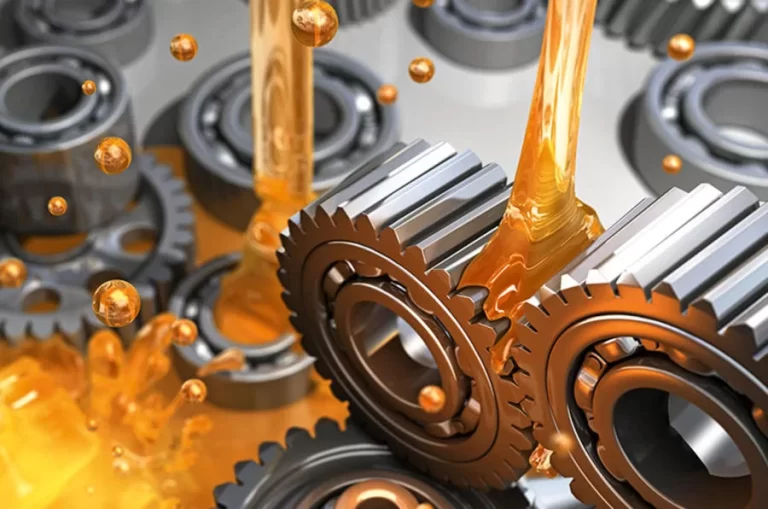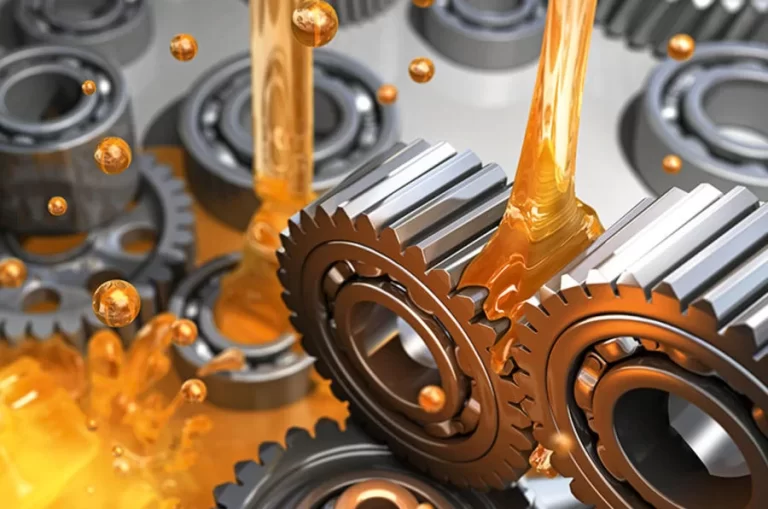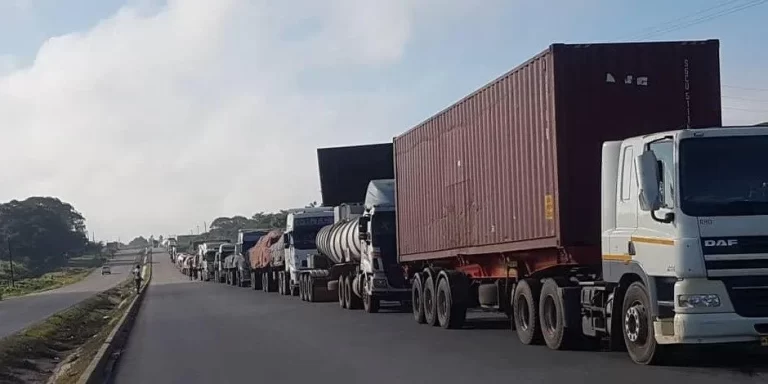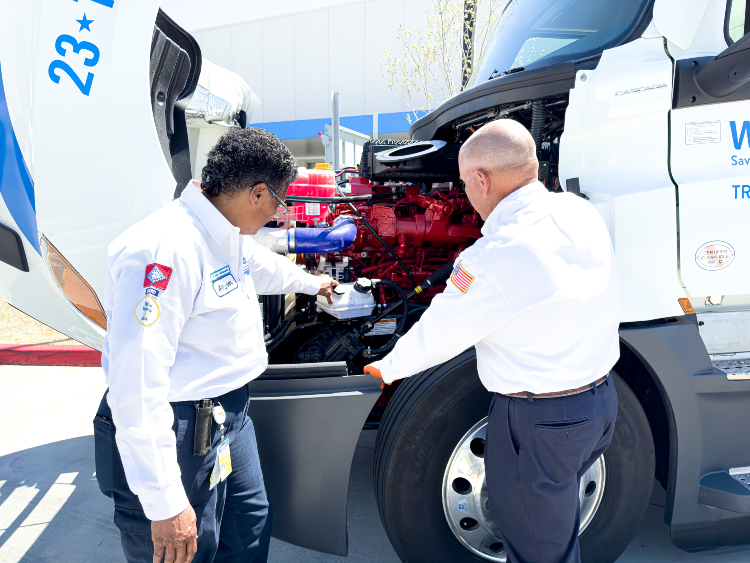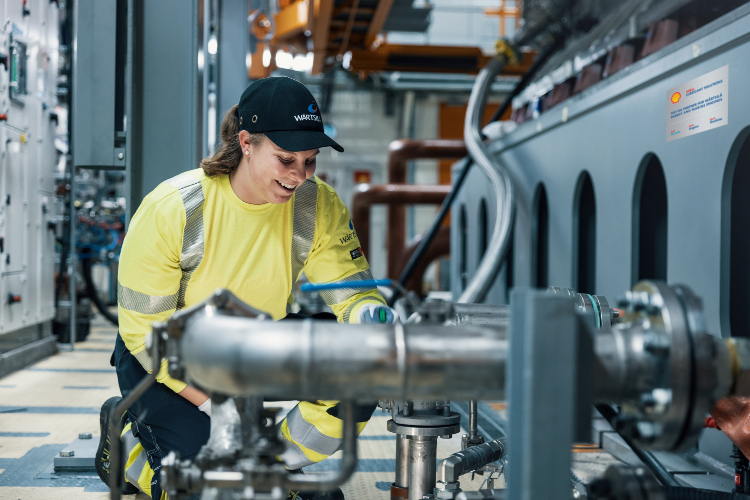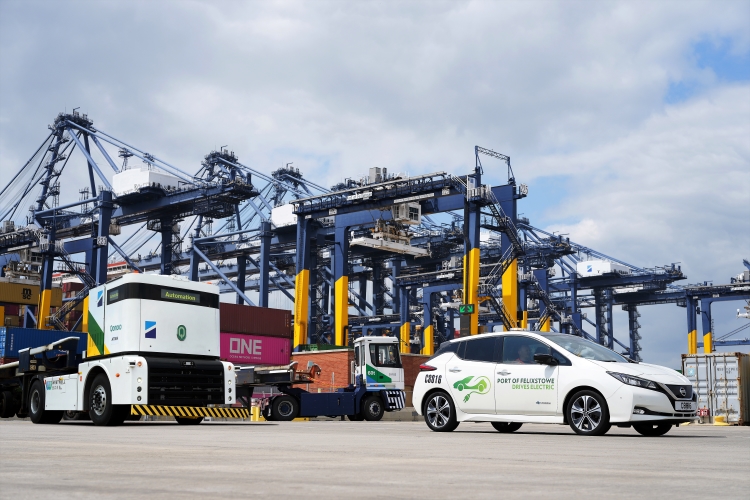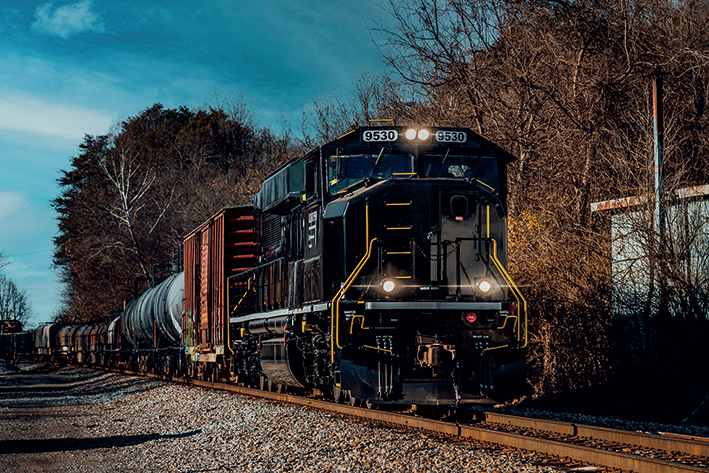FAW Trucks South Africa is continuing their commitment to ensuring the South African haulage industry has access to the products it needs with the introduction of the new JH6 33.420FT 6×4 truck tractor.
“The reason for our continued growth in South Africa is the fact that we cater to virtually every need,” explains Yongjun Li, CEO of FAW Trucks SA. “Our line-up includes freight carriers, truck tractors, tippers and mixers, all assembled to exacting standards to be able to withstand the harsh conditions of the African continent.
“Since first entering the South African market 28 years ago, we have gone from strength to strength, providing local buyers with products of high quality that is not only well suited to local conditions but also boast high levels of safety, convenience and comfort. We have managed to combine this with competitive pricing, low running costs and continuously improving after-sales service.”
All FAW products arrive in South Africa in completely knocked down form and are assembled at the company’s facility in Coega.
The New JH6 33.420FT, sixth-generation product has seen more than 1.5-million units manufactured to date and exported to more than 20 countries.
The Newly designed and engineered JH6 33.420FT has a high-roof forward tilt cab with seating for the driver and a passenger. It includes a double sleeper cab with air-conditioning, a radio with USB and an air suspension seat for the driver- with multi-dimensional adjustment ability. This completely new cab design has a wind resistance factor of 0,54.
The new and improved look of the interior layout includes a multi-function steering wheel and enhanced dashboard features for better driver control along with central locking and power windows.
The 11 040 cc Euro 2 specification six-cylinder inline engine is water-cooled, turbo-charged and has an intercooler, producing 312 kW at 1 900 r/min and 1 900 Nm of torque from 1 200 r/min.
The Bosch brand manual injection pump is specifically made for African application, while the gear shifting booster makes driving feel like a car, removing much of the stress, especially on long-haul journeys – as does the Superior Engine brake of 190kW.
American brand Con-Met wheel hubs are fitted, allowing 500 000 km of maintenance free driving.
Key dimensions:
- Wheelbase 3 300 mm + 1 350 mm
- Overall length 6 938 mm
- Cab length 2 295 mm
- Overall width 2 500 mm
- Overall height 3 550 mm
- Front overhang 1 495 mm
- Rear overhang 770 mm
- Cab to rear axle 3 850 mm
- Minimum turning radius 7 500 mm
- Minimum turning diameter 13 000 mm
- Ground clearance 295 mm
- Track 2 020 mm front and 1 830 mm rear
- Chassis outer width 800 mm
- Chassis inner width 640 mm
The 12-speed manual syncromesh gearbox is matched to a set of ratios specifically designed to provide optimum performance and fuel efficiency, irrespective of whether it is operating in rural areas or on the open road.
It features a forged steel I-Section beam front axle coupled to a full floating single reduction rear axle with inter-axle, inter-wheel and differential locks. Semi-elliptical leaf springs with double-acting shock absorbers comprise the front suspension, while the rear has semi-elliptical leaf springs with auxiliary springs.
Stopping power comes from the dual circuit, full air brakes with ABS.
Mass data:
- Gross vehicle mass 33 700 kg
- Gross combination mass 62 200 kg
- Permissible gross vehicle mass 25 700 kg
- Permissible gross combination mass 56 000 kg
- Permissible front axle mass 7 700 kg
- Permissible rear axle mass 18 000 kg
- Unladen front axle mass 4 505 kg
- Unladen rear axle mass 4 300 kg
- Unladen mass total 8 805 kg
“All the products we introduce locally are carefully considered with Africa roads and driving in mind,” explains Li.
“This goes hand-in-hand with ensuring those products will provide the best possible total cost of ownership experience for the operator through the entire life cycle of the truck. Couple that with the outstanding commitment to service from all of our dealers and the value package we are offering is unbeatable.”
“At FAW Trucks customer service is, and always will be key. We go the extra mile to look after our customers and to make sure that we offer them the best deals possible,” explains Paul Lastrucci, National Aftersales Manager “When our trucks leave the showroom floor after a sale, clients can expect long-term, dedicated services and 24/7 support, ensuring their investment gives them the returns expected of modern trucks.”
Warranty and customer service
All FAW Trucks products are covered by a comprehensive warranty at industry standards, ensuring that customers have complete peace of mind in their purchases. The FAW warranty provides customers with the assurance that FAW Vehicle Manufacturers South Africa stands behind its claim of quality manufacturing.
FAW Trucks has a large parts warehouse at its premises in Spartan, from where it supplies the four main regions in Gauteng, Durban, Harrismith and Cape Town. In addition, service dealers are fully equipped, with highly trained technicians on hand for complete servicing and repairs required for not only JH6 33.420FT units, but all other models from the renowned Chinese manufacturer.
In addition, FAW Trucks has a dedicated number, 0860 329 772, which is linked to a trigger number at a dedicated and specialised Emergency Call Centre. Resolution of all incidents and queries is attempted telephonically, but – where required – further assistance such as towing is arranged.
“All models in the current range of FAW Trucks sold in South Africa represent the strength, reliability, affordability and ease of operation that the brand and its products are renowned for. Most importantly, though, the JH6 33.420FT delivers on the promise of a ‘truck built in South Africa for Africa’,” concludes Li.


